Learn Spanish on the Galapagos Islands
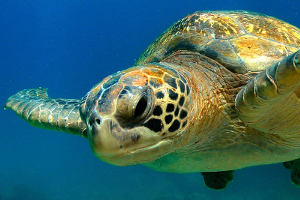 The great, glorious, graceful Galapagos Islands are more than a UNESCO World Heritage-listed archipelago! In fact, these famous islands – with their rare animals, superb beaches and adventure activities – are also a perfect destination to study Spanish. Find out how you can study Spanish on the Galapagos Islands with us today!
The great, glorious, graceful Galapagos Islands are more than a UNESCO World Heritage-listed archipelago! In fact, these famous islands – with their rare animals, superb beaches and adventure activities – are also a perfect destination to study Spanish. Find out how you can study Spanish on the Galapagos Islands with us today!
A One-of-a-kind Archipelago
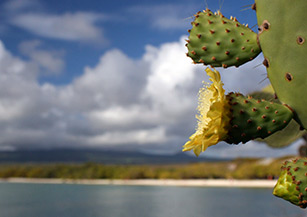
If you're looking for great reasons to learn Spanish on the Galapagos Islands, look no further! We've got the hard-and-fast facts you need to get packing right away for your very own Galapagos Islands adventure. Read on!
- Evolutionary history. Charles Darwin came to the Galapagos Islands in 1835, exactly 300 years after the archipelago was first discovered. He was just 26 when he visited, and stayed on the islands for 5 weeks to study their unique flora and fauna species.
- Big attractions. It's what everybody comes to see! The Galapagos Giant Tortoise is the largest tortoise on earth, weighing up to 600 pounds and reaching a length of up to 4 feet.
- Rare animals. The Galapagos Islands are home to the only sea-feeding iguana (the Marine Iguana), the only tropical penguin and albatross specie in the world (the Galapagos Penguin and the Waved Albatross), the smallest species of sea lion (Galapagos Fur Sea Lion), and much more!
- Unique location. Isabela Island is the only island on the planet with the equator running through it. Not hard when you're the largest island in the archipelago! Isabela is comprised of 2,250 squared miles of territory.
- Famous residents. Lonesome George was the last member of the Pinta species of Giant Tortoises. George was estimated to be 90 years old at the time of his death at the Charles Darwin Research Station, where scientists were unfortunately unsuccessful in mating him.
- Protected sea wilderness. The 27,000 squared miles of sea surrounding the Galapagos Islands forms the second largest marine reserve on earth, after its distant Pacific cousin, the Australian Great Barrier Reef.
Activity Checklist
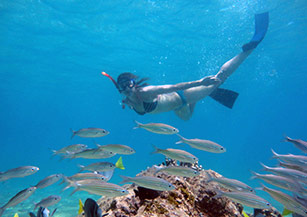
It seems fitting that the Galapagos Islands should be part of Ecuador, a country that – just like this archipelago – is small, but jam-packed with sites and activities for visitors. Check out what you can do while you're not studying Spanish on the Galapagos Islands:
- Snorkel everywhere you can, but in particular at Devil's Crown where you'll find an almost completely submerged volcano!
- See the spot where Charles Darwin first landed in 1835 on San Cristóbal Island!
- Dive near Darwin Island or Wolf Island, considered two of the best diving destinations in the world!
- Volunteer with one of the many amazing local Galapagos Islands volunteering projects!
- Learn about famous Giant Tortoises and conservation efforts, at the Charles Darwin Research Station on Santa Cruz Island!
- Hike to Alcedo Volcano on Isabela Island and see the largest population of tortoises in the archipelago!
- Explore the lava tunnels under farmland on Santa Cruz Island, where lava once flowed ferociously!
- Study Spanish on the Galapagos Islands with Ailola Galapagos at one of two locations, Santa Cruz Island or San Cristóbal Island!
Island Breakdown
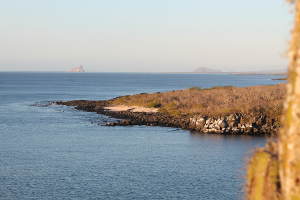
Like any good archipelago, the Galapagos Islands are a puzzle comprised of many pieces – 20 (islands), in fact! Some of the most renowned include:
- Santa Cruz. Located at the center of the archipelago, Santa Cruz Island is a perfect launch pad for island hopping. But that's not all! Its home to the Charles Darwin Research Station, Tortuga Bay, lava tunnels, and so much more! Find out more about Santa Cruz Island and how you can learn Spanish on this Galapagos Island with us today!
- Isabela. Isabela Island is the island, larger in size than the other 19 Galapagos Islands combined. It was formed by the fusion of 6 volcanoes, each of which is today home to a different variety of giant tortoise. All but the Ecuador Volcano are still active.
- San Cristóbal. An old soul, San Cristóbal Island is one of the most ancient of the Galapagos Islands. Its also home to the oldest human population in the archipelago and the site where Charles Darwin first landed. Learn more about Santa Cruz and how you can study Spanish on this Galapagos Island with us today!
- Española Far, far away and 4-million-years old, the southernmost member of the Galapagos Islands is Española Island, famous for its endemic species – the Española mockingbirds and the world's only Waved Albatross – and so many more it shares with its island neighbors.
- Fernandina. Having isolated herself on the westernmost point of the Galapagos archipelago, Fernandina is irrational, hotheaded and explosive! In fact, she's known for her volcanic activity, not to mention incredible animal species like the Galapagos Penguin.
- Bartolomé. Famous for its 'Pinnacle Rock' – the volcanic cone that appeared in the film, Master and Commander – Bartolomé is one of the most visited islands, with an unparalleled viewpoint, beautiful swimming beaches and rare birds galore!
Insider tips!
For an even better experience learning Spanish on the Galapagos Islands, consider these tips:
- Bring cash! The Ecuadorian government charges tourist a special Galapagos Islands visa fee (US$10) before boarding flights to the archipelago, plus a park entrance fee ($100) upon arrival.
- Think ahead! During high seasons (July to September, December to January), island boat tours can sell out quickly. A good idea is to check out our optional add-on activities; see what's included in your course with us or in your Traveling Classroom itinerary; or book tours well in advance!
- Be respectful! The Galapagos Islands community is united in preserving this unique natural paradise on earth, for the sake of both continued tourism and ongoing environmental preservation. When visiting, make sure you follow the rules and respect the sensitive environment around you!
- Come, enjoy yourself! If you've reached this far on the page and still aren't convinced whether or not you should learn Spanish on the Galapagos Island, our best advice is that you pack your bags, and come for an experience of a lifetime! You won't be disappointed.

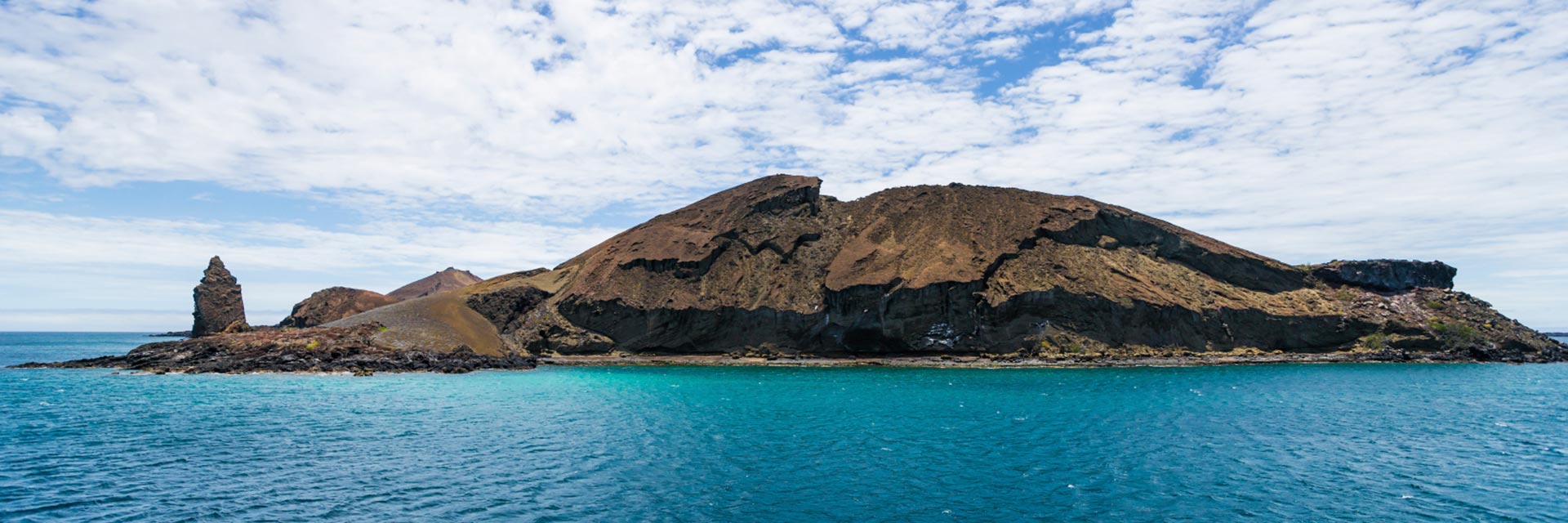
 The great, glorious, graceful Galapagos Islands are more than a UNESCO World Heritage-listed archipelago! In fact, these famous islands – with their rare animals, superb beaches and adventure activities – are also a perfect destination to study Spanish. Find out how you can study Spanish on the Galapagos Islands with us today!
The great, glorious, graceful Galapagos Islands are more than a UNESCO World Heritage-listed archipelago! In fact, these famous islands – with their rare animals, superb beaches and adventure activities – are also a perfect destination to study Spanish. Find out how you can study Spanish on the Galapagos Islands with us today!







